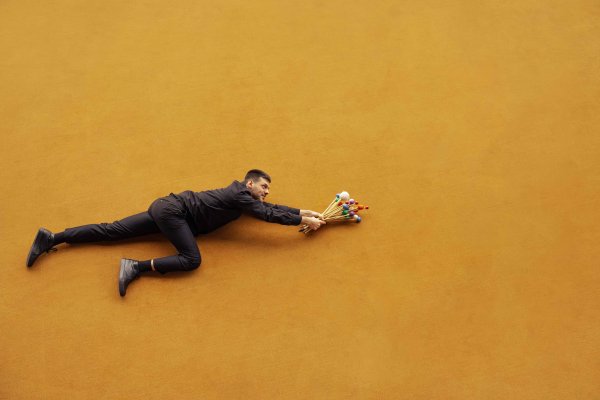Globokar’s and Oliveros’ explorations of the body-as-instrument present the human body as both wonderfully unique and inherently universal. If Globokar’s ?Corporel — one of the first pieces ever composed for "a percussion player on his body", to quote the composer himself — explores the peculiar sounds that can be produced by gestures such as striking, scratching or voicing a body, Oliveros’ meditations focus on the participants’ selves, inviting them to listen to and experience what is inside (and also what is outside), and to respond to it through sound, thus expressing their uniqueness. At the same time, by foregrounding interaction with one’s own body as the only necessary means of approaching their pieces, both composers emphasise the inherent universality of the body itself — something common to all human beings — thus making both pieces potentially accessible to everyone. However, how can the human body be both particular and universal? How can these two different tendencies be held together and expressed artistically? Or, from another perspective, how can what seems to be a seemingly unsolvable conflict be the starting point for generating artistic meaning?
Inspired by Anna Tsing’s The Mushroom at the End of the World and her concept of transformative encounter, and with the aim of exploring the hidden artistic possibilities of alternative approaches to musical interpretation, I took the above "particular/universal" unsolvable conflict as a pretest to metaphorically bring together two iconic composers, improvisers and performers such as Globokar and Oliveros through their pieces. As in the ruined forests visited by Tsing, where unwanted or unexpected encounters between human and non-human actors result in various forms of disturbance that foster life, the fragments connected (or separated) by "fermata signs" that constitute Globokar’s piece were paired with one (or more) of Oliveros’ meditations — a disturbing encounter indeed — allowing them to unfold in very different media and formats.
The fifteen fragments that emerged from the transformative encounter between Globokar and Oliveros are presented in the form of an intermedia installation designed to foreground the profound connections between them. As in Oliveros’ meditations, where it is only through the coming together of different singularities that a common, universal soundscape can emerge, the various unfolding fragments are indeed held together like an assemblage, that is, a complex, temporarily (un)stable network of different actors, media and formats in constant interaction with one another.


